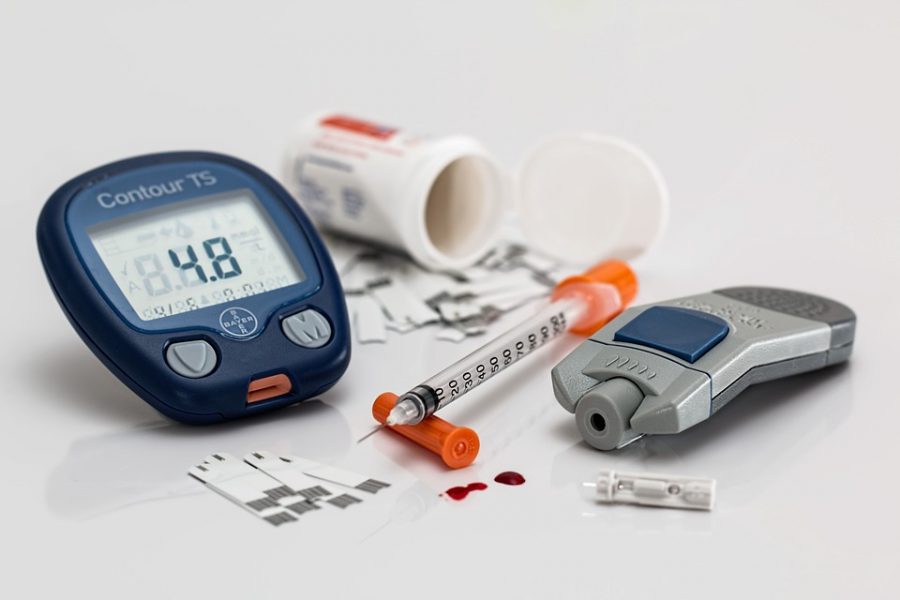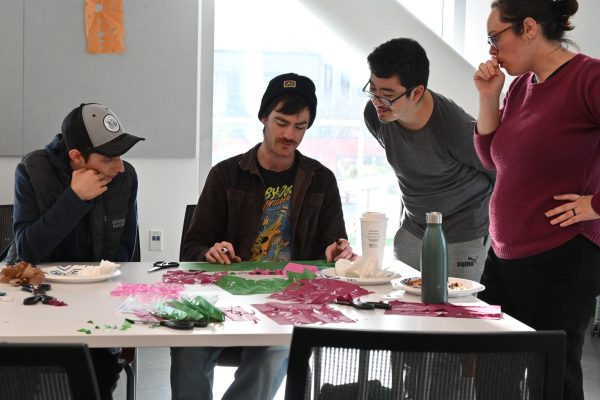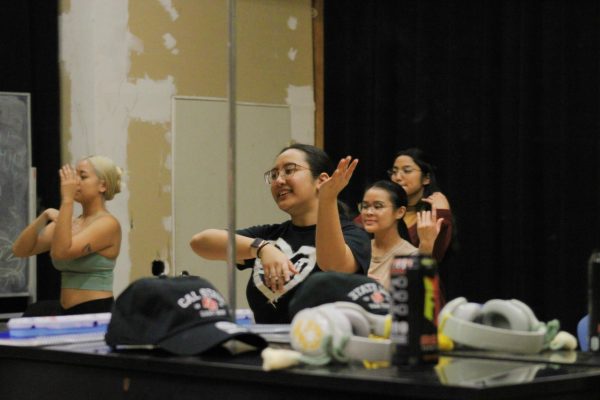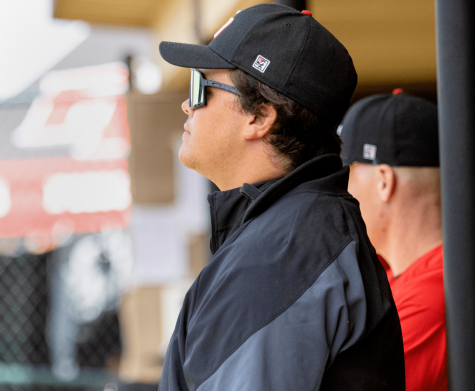How Type 1 diabetes affects my abilities as a student
It’s 8:00 a.m. on a Monday and I’m sitting in class when one of those unique headaches starts to set in. It feels like someone is pressing a needle into the back of my eye — sometimes both of my eyes — and now I feel the urge to use the restroom again even though I did so ten minutes before class started.
As if this wasn’t distracting enough, my mouth feels really dry and I forgot my water bottle at home. Is that a leg cramp I feel coming on? As a student with diabetes this is my reality, and these are only a few of the symptoms of high blood sugar, which spikes when I don’t take enough insulin.
“I was like a puppet without strings”
I was diagnosed with Type 1 diabetes in 2006 when I was in the sixth grade, at 12 years old. There are two types of diabetes; Type 1 diabetics produce no insulin and Type 2 diabetics do not produce enough. Both types face risks associated with high and low blood sugar.
At first, my symptoms didn’t seem that strange. I was constantly dehydrated, and because I drank a lot of water, frequent urination didn’t seem abnormal. One day I noticed that I was drinking more water more often than ever, but the more water I drank, the more I wanted.
Once my father and I realized something was wrong, we went to my doctor who diagnosed me with Type 1 diabetes after a quick test. My blood sugar was so high that my body began to poison itself, and urinating often was my body’s way of detoxing. That explained the dehydration.
I was admitted into the University of California, San Francisco (UCSF). I was so weak in the elevator leaving my doctor’s office that my father had to hold me up. I was like a puppet without strings.
I spent the next three days in the hospital with an IV in each arm and boards taped around my elbows to keep me from bending my arms. During the course of those three days I slept on and off inconsistently and was trained on how to give myself shots. I was a twelve-year-old pin cushion.
Dealing with Diabetes in College
At 23, I began my senior year at Cal State East Bay. The accessibility department on campus offers various accommodations for diabetic students like me, such as early registration, increased test-taking time and disability-related counseling. These resources would have helped me greatly but as an 18-year-old freshman in college, was I was too preoccupied with this new stage in my life to act as the middleman between my doctor and the school.
Extreme fatigue, shakiness and a false sense of hunger are a few of the many low blood sugar symptoms. diabetics can lose consciousness if their blood sugar drops too low, even while sitting comfortably and could fall into a coma in as fast as two hours. When afflicted with low blood sugar in class I can level it out with snacks, like crackers or a juice box.
Diabetes makes school more difficult. Controlling your blood sugar levels can prevent symptoms from appearing, but it’s a constant battle that never ends, resulting in what we in the diabetic community call “diabetes burnout.” Diabetes must be taken into consideration, 24/7, in everything I do. This constant battle can take a mental and physical toll that leads some to give up on maintaining their diabetes.
Why Blood Sugar Matters
High blood sugar can be treated by taking insulin with a shot or an insulin pump, a machine that delivers insulin steadily throughout the day and as needed with each meal. Prolonged high blood sugar levels in early adulthood could cause blindness, nerve damage and blood circulation issues that lead to amputations in severe cases later in life.
Low blood sugar is much more urgent to treat because there is a risk of losing consciousness. Many diabetics, including myself, carry around glucose pills, which are flavored and made mostly of sugar to raise low blood sugars in an emergency. These chewable pills are a temporary fix until I can use carbohydrates to put my blood sugar at a secure level.
Approximately 1.25 Million people in the United States are Type 1 diabetics, and 200,000 of them are under the age of 20. Each year 40,000 people are diagnosed, according to the Junior Diabetes Research Foundation (JDRF).
My Future as a Diabetic
Research being done to treat and cure diabetes is leading to new and improved methods. Instead of taking between three and six shots daily, I take one shot every three days with the use of my insulin pump.
As I get closer to graduating and pursuing a career in Journalism, I have many conflicting thoughts. I’ve met other diabetics at conventions who have talked about how they have to hide their diabetes or the visual parts of their insulin pumps in the professional world.
Journalism can be a physically and mentally demanding job, and high and low blood sugar symptoms affect my ability to report on stories. High blood sugar dehydrates me, which can cause muscle cramps. But I want to make a career out of journalism to speak for those that can’t speak for themselves. Type 1 Diabetes is my disease and I don’t plan on letting it dictate my future.













